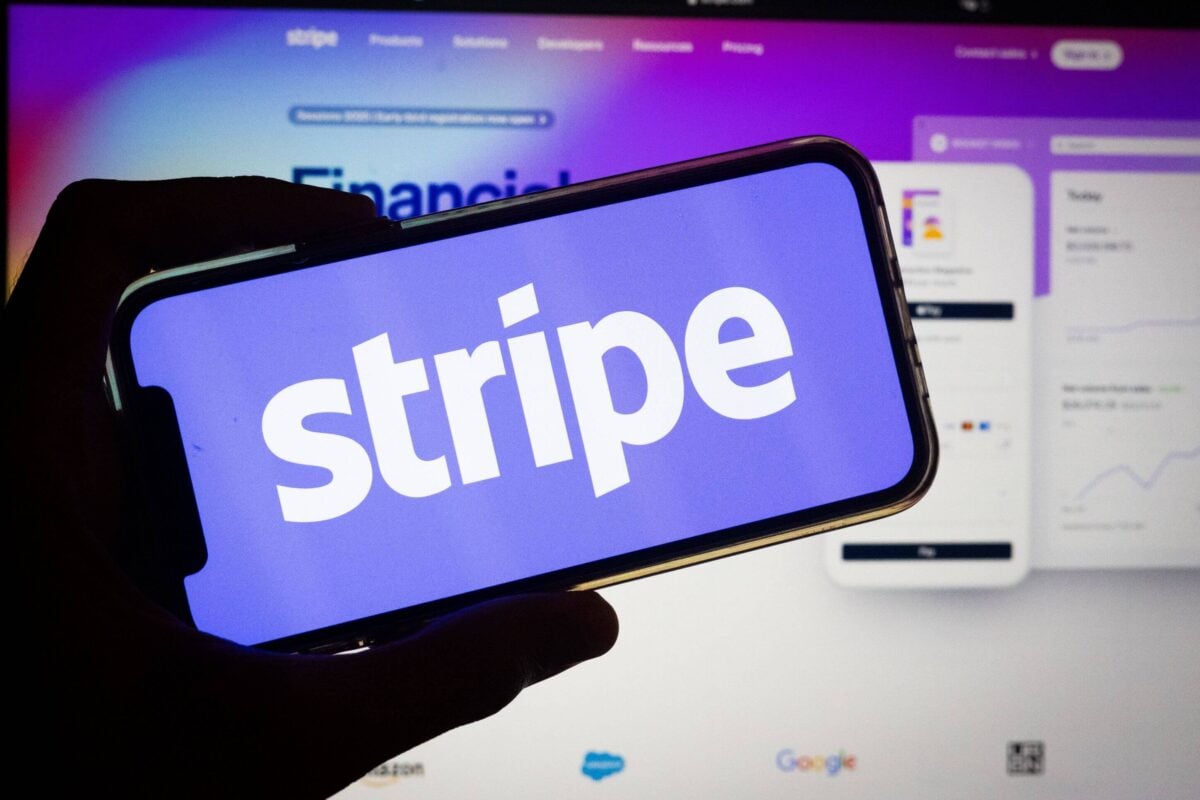TLDR
- Stripe and Paradigm launch Tempo, a new blockchain designed specifically for high-speed stablecoin payments with 100,000 TPS capability
- Fireblocks announces global stablecoin payment network connecting firms to 40+ providers across 100 countries
- Major companies including Visa, Deutsche Bank, OpenAI, and Shopify are participating in Tempo’s design phase
- Stablecoin market reaches $281.2 billion as competition intensifies between crypto-native and traditional payment processors
- New payment rails aim to solve interoperability challenges and reduce friction in cross-border transactions
The competition for global stablecoin payment infrastructure intensified this week as two major players unveiled new networks targeting enterprise adoption.
Stripe and venture capital firm Paradigm officially launched Tempo, a new blockchain designed specifically for stablecoin transactions. The project aims to process tens of thousands of transactions per second with sub-second finality.
Introducing @Tempo.
At Stripe, we care about high-throughput, low-latency payments use cases. As the use of stablecoins (and crypto more broadly) grows across Stripe, Bridge, and Privy, we found that existing blockchains are not optimized for them.
For example, it's valuable…
— Patrick Collison (@patrickc) September 4, 2025
Patrick Collison, Stripe’s CEO, said existing blockchains don’t meet the company’s throughput requirements. He explained that current networks denominate fees in blockchain-specific tokens rather than user-friendly fiat currencies.
Tempo targets 100,000 transactions per second and allows fees to be paid in stablecoins instead of native tokens. The blockchain includes a built-in automated market maker to maintain neutrality across different stablecoin issuers.
The project has attracted heavyweight partners including Anthropic, Deutsche Bank, DoorDash, Nubank, OpenAI, Revolut, Shopify, Standard Chartered and Visa. These companies are helping shape the network’s design during its private testing phase.
Paradigm CEO Matt Huang leads a 15-person team developing Tempo as an independent entity. The network is built on Reth, an Ethereum execution client, and maintains compatibility with the Ethereum Virtual Machine.
Infrastructure Competition Heats Up
Fireblocks simultaneously announced its own global stablecoin payment network focused on compliance and connectivity. The blockchain infrastructure provider aims to simplify stablecoin adoption for enterprises.
The Fireblocks Network for Payments has landed.
A unified layer for global stablecoin payments across 100+ countries.
→ Open
→ Compliant
→ Built for productionNo more patchwork. This is the infrastructure stablecoins needed.
Read the exclusive announcement with…
— Fireblocks (@FireblocksHQ) September 4, 2025
Ran Goldi, Fireblocks’ senior vice president of Payments and Network, said the network addresses interoperability challenges. Companies currently face fragmented banking, liquidity and compliance partnerships when implementing stablecoin payments.
The Fireblocks network connects firms to more than 40 pre-vetted providers across 100 countries. The company positions this as a solution to the patchwork of services companies must navigate when scaling stablecoin operations.
Both networks enter a competitive landscape that includes crypto-native players and traditional payment processors. Ripple announced plans in August to acquire stablecoin payment platform Rail, while Stellar operates a decentralized payments network for cross-border transactions.
Market Growth Drives Innovation
The stablecoin market has reached $281.2 billion in total market capitalization according to DefiLlama data. Payment volume hit $94 billion in May, driven by business-to-business transactions and card-linked stablecoin payments.
Traditional payment processors have responded to crypto competition. Visa announced in July it would expand the stablecoins accepted on its settlement platform, directly addressing competition from financial institutions.
Interoperability remains a central challenge for stablecoin strategy. Issuers want to launch across multiple blockchains but struggle with fragmented liquidity and dispersed user bases.
In September 2023, cross-chain bridge Wormhole integrated Circle’s Cross-Chain Transfer Protocol. This allowed USD Coin transfers across four blockchain networks, demonstrating progress toward seamless cross-chain functionality.
Traditional financial institutions have shown increasing interest in stablecoins. JPMorgan Chase and Citigroup have both considered entering the stablecoin sector as the technology matures.
Tempo will launch with a diverse set of validators and plans to transition to a permissionless model. The network aims to support payment acceptance, global payouts, remittances, microtransactions, tokenized deposits and agentic payments.





